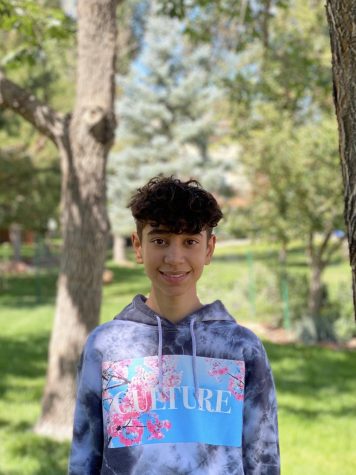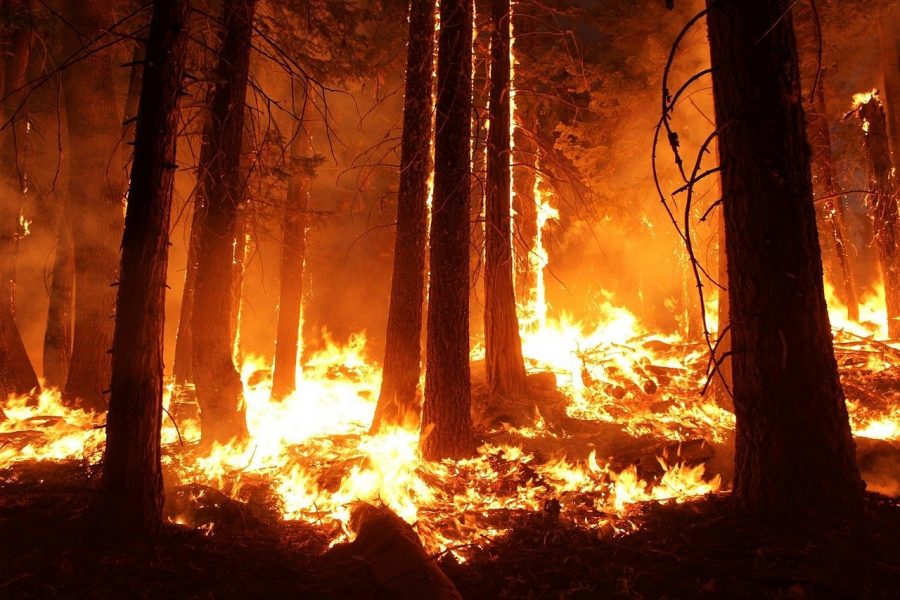Wildfires from California to Colorado made 2020 a difficult year
It’s been a hard year for California and Colorado due to the wildfires. Thankfully, many fires have come under containment like the Calwood fire, which was just recently contained.
Five of the 20 largest fires in California history happened this year. On Monday, the August complex fire in northern California reached new heights, with over one million acres already burned throughout the state. That’s bigger than New York City, according to The Guardian.
Katie Klostermann, an English teacher at Air Academy High School said, “I think it’s a real problem and [is] very sad. I hate that we’re losing valuable resources as well as depleting animals’ habitats.”
“I also think it really needs to make us evaluate the reality of climate change (not necessarily “global warming” but just that there ARE changes – like having giant fires!), and what we can/need to do to help,” Klostermann continued.
What factors are driving these record wildfires?
A combination of heat, drought and wind are the main variables and when mixed together create the perfect environment for fire.
Record heat causes sparks from the electricity grid, which is what delivers electricity to consumers, and dry, windy conditions only add to the risk.
One of the leading causes are the many overgrown and unhealthy forests. As a result, fires now burn hotter and with more intensity. Climate change is increasing temperatures and drying out vegetation earlier, which causes these destructive fires.
“California’s drought lasted from 2014 to 2017 with 147 million dead trees,” according to Drought.gov.
Now fires are roaring through those pine forests once again.
In June 2020, California and the U.S. Forest Service signed an agreement to thin 1 million acres a year by 2025 through using logging and controlled burns. This should help prevent fire in the future, according to The Mercury News .
Elsewhere in the country, large wildfires occurred and three happened here in Colorado. The Pine Gulch fire became one of the largest wildfires in Colorado history, and a few hours away the Grizzly Creek fire was burning near Glenwood Springs, a popular tourist town. Heat waves are becoming more frequent and more intense, which leads to these damaging wildfires.
Brad Vollmar, a history teacher at AAHS said, “Here in Colorado the smoke is a major health issue for some, especially if you have some type of respiratory disease. During several days, my eyes would burn and my throat would sting. It is amazing how our weather patterns may carry the smoke to different areas, and at the same time protect others.”
There hadn’t been significant rain in weeks, the grasses were dry and the trees and shrubs had no moisture. What is the solution, and how can we prevent this in the future?
Maybe better building codes, more forest thinning and a better power grid. In the short term, however, hope for rain, and be careful with fire.

Hi, I'm Jason and this is my second year at AAHS and my first year as a journalist, I like to go to the lake, listen to music and hang out with friends....








